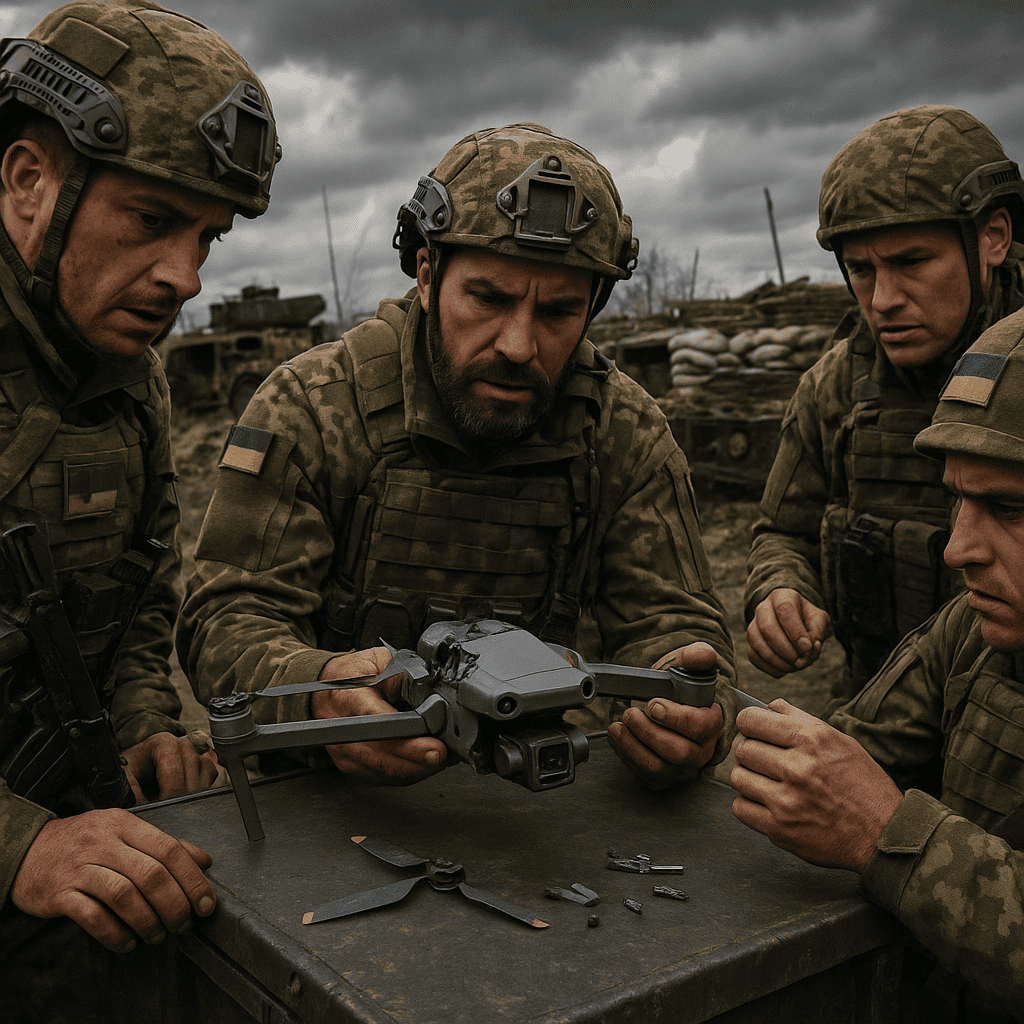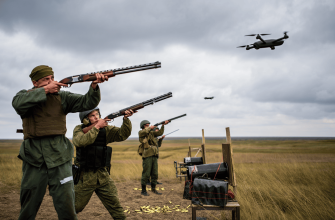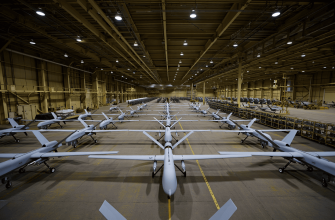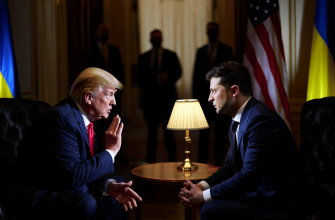
In Ukraine, there is active discussion of a Bloomberg report that China has stopped selling Mavic UAVs to Ukraine but continues to supply them to Russia. The information flow is as follows: first, Zelensky announced this to journalists, then European officials confirmed it with their opinion. At the same time, Beijing has reduced supplies of important drone components (such as magnets for electric motors) to Europe, while increasing sales to Russia.
Since Mavic is the most common civilian aircraft used by both sides in the tactical zone, Kyiv saw a conspiracy between the Kremlin and Beijing — if this continues, the Armed Forces of Ukraine will soon run out of parts to assemble combat drones. After the revolution that UAVs brought about in military affairs in historically short order, I have repeatedly spoken about the dependence that both sides have fallen into on supplies of this technology. Neither Russia nor Ukraine produces it.
Putin does not have a military agreement with President Xi, as he does with Pyongyang. But due to the intensification of global competition, Russia’s relations with its great neighbor have begun to take on the characteristics of a military alliance. We should not expect arms supplies from there. This is the Kremlin’s cherished dream, but Beijing constantly declares its neutrality.
But if these reports from Zelensky and his allies are confirmed, the imbalance in the armaments of the two armies (in this particular case in Russia’s favor) can be achieved by simple manipulations on the commercial market. Formally, they cannot be classified as weapons. This is a paradoxical consequence of the same surprising trend of our time: civilian technologies are rapidly overtaking and often surpassing military technologies in their own field.









Wow, so drones have basically become the new chess pieces in this geopolitical game 🤖♟️. Who knew that magnets for electric motors could be the real MVPs of warfare? 🔋✨ It’s kind of hilarious and terrifying at the same time that civilian gadgets are outsmarting traditional military gear—guess warfare is officially high-tech shopping now 🛒😅. Meanwhile, China plays the ultimate neutral friend or frenemy, keeping everyone guessing. Just waiting for the headline about drones ordering coffee or filing peace treaties next ☕🤷♀️.
This situation really shows how blurred the lines between civilian and military technology have become 😕🚁. It’s scary to think that something as everyday as commercial drones can turn into such a critical factor in a conflict. The idea that supply chains and business decisions can influence the balance of power on the battlefield is both fascinating and worrying at the same time. I hope the international community finds a way to address these hidden fronts of modern warfare before things escalate further 🌍🔧.
This article really sheds light on how modern conflicts are shaped not just by traditional weapons but also by access to cutting-edge civilian technology. It’s striking how much influence commercial decisions and international relations have on the battlefield outcomes today. The idea that drone parts, which seem so small, can tip the balance of power is both fascinating and a little unsettling. This makes me think about the complexity of global alliances and how they affect the people on the ground in ways we might not immediately realize.🕊
This article highlights a complex and worrying dynamic in modern conflicts where civilian technologies like drones become critical military assets. It’s striking how the supply chains and political alliances indirectly shape the battlefield without traditional weapons being involved. The fact that battlefield advantages can be influenced by commercial decisions around components like motor magnets shows how interconnected global trade and warfare have become. It also raises questions about the potential for stricter regulations on such dual-use technologies to prevent imbalances. The neutral stance officially claimed by China sounds increasingly difficult to believe given these developments. 🌐🤔
Sounds like an intense game of drone Monopoly where China keeps giving Russia all the best pieces while Ukraine is stuck passing Go without collecting anything 🛩️🎲. Meanwhile, I’m just here hoping someone invents a DIY drone kit that comes with a side of Ukrainian ingenuity and a splash of good luck!
It’s interesting to see how much modern conflicts depend on civilian technology and commercial supplies. The line between military and civilian use is becoming really blurred, which makes the situation even more complicated.
This situation really highlights how complex and interconnected modern conflicts have become 🌍. It’s fascinating, yet troubling, to see how civilian technology like drones can shift the balance of power so quickly ⚖️. It makes me think about the importance of innovation and self-reliance in defense capabilities, especially for countries caught in such challenging circumstances. Hopefully, this will encourage more development of independent tech to protect sovereignty and peace ✊🚀.
Drones turning into stealthy supply chain spies now? At this rate, maybe my next pizza delivery will come with a side of international espionage 🍕
As a woman, I’m worried that civilian tech is being weaponized to tilt the balance; if parts are politicized frontline units will suffer. The world needs real controls to stop arms by commerce 🤔
I find it disturbing how civilian drones shape the battlefield; commercial supply choices can tilt power, exposing a serious strategic vulnerability for Ukraine 🚩
So China quietly tipping the scales with drone parts while claiming neutrality is the ultimate facepalm moment 🥴 Drones are dictatorship bargaining chips now? If civilian tech is the new arms race, maybe we should just swap TikTok algorithms instead of missiles 🤔🚁